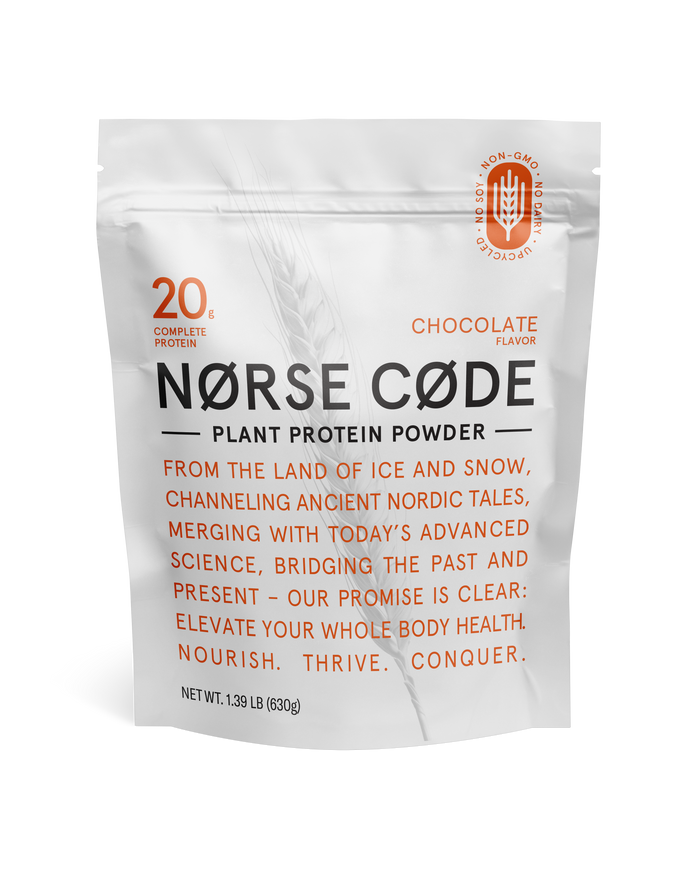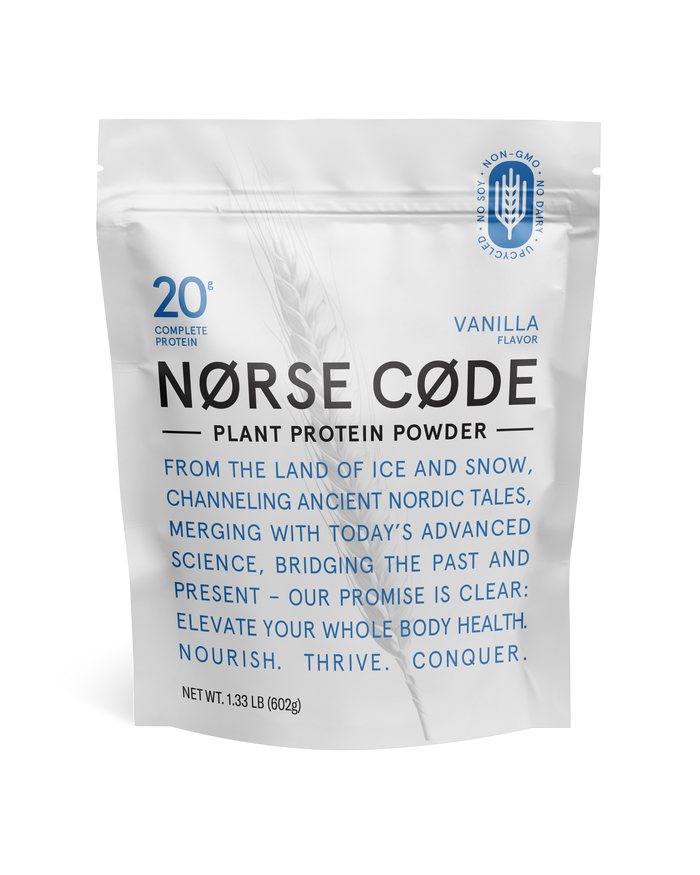
The Truth About Whey vs. Plant Protein (What Actually Matters)
Whey is often called the “gold standard.” Plant protein is praised for being gentler and more sustainable. But when you strip away marketing and look at what actually helps your body perform, a clearer picture emerges.
If you want a deeper, research-heavy comparison, you can also read our original post here: The Difference Between Whey Protein and Plant-Based Protein.
What your body actually needs from a protein powder
- Complete amino acid profile: all 9 essential amino acids in the right balance for muscle repair and performance.
- Digestibility: fuels you without bloating or discomfort.
- Consistency: if it’s chalky or clumpy, you won’t use it—no matter how “clean” it is.
- Quality & transparency: clean label, thoughtful sourcing, and clear testing standards.
Whey vs. Plant Protein — the straight comparison
| Factor | Whey Protein | Plant Protein (well-designed blend) |
|---|---|---|
| Amino acids | Complete profile by default. | Complete when intelligently blended (e.g., complementary sources). |
| Digestibility | Can be great for some; others report bloating or discomfort (dairy-based). | Often gentler; fiber and fewer dairy triggers can support comfort. |
| Allergens | Contains dairy; an issue for those sensitive to lactose or whey. | Typically dairy-free and soy-optional depending on formula. |
| Texture | Usually smooth; depends on brand. | Historically chalky—modern blends and better particle sizing solve this. |
| Nutrients | Primarily protein; minimal fiber. | May include naturally occurring fiber, minerals, and phytonutrients. |
| Sustainability | Dairy-derived; higher resource intensity. | Generally lower footprint; upcycled and regenerative inputs are a plus. |
Note: Individual responses vary. If whey works great for you, that’s data. If not, a thoughtful plant blend may be the fix.
The catch with plant protein (and how to solve it)
Many single-source plant proteins are incomplete on their own. That’s why some powders underdeliver. The solution is simple: use complementary plant sources that complete the amino acid profile and engineer the particle size/flow to eliminate the chalky texture.
We built NØRSE CØDE around that principle: a complete, smooth, plant-based protein designed for daily use—without the junk. If you want to see how we approach it, start here:
Quick checklist: choosing a protein you’ll actually use
- Complete protein? Look for “complete amino acid profile.”
- Digestibility? If you feel heavy or bloated, consider a plant blend.
- Texture? Ask for blend/solubility details or look for consumer feedback on smoothness.
- Label clarity? Minimal additives; easy-to-pronounce ingredients.
- Footprint? Upcycled or lower-impact ingredients are a bonus.
Want more detail? See our myth-busting primer: 5 Common Myths About Vegan Protein.
When whey might make sense
- You tolerate dairy well and experience zero GI issues.
- You’ve tested options and whey simply performs best for your goals.
- Price is the primary driver and you’re comfortable with the trade-offs.
If whey isn’t working for you—or you want a lower-impact alternative—try a modern plant blend that hits completeness, digestibility, and texture.
Related reads
- Original comparison: Whey vs Plant
- Why Plant Proteins Can Be Easier to Digest
- How Much Protein Do I Need Daily?
- Heavy Metals in Protein Powders: What to Look For
- Upcycled Barley + Pea: Better Together
Bottom line
If whey works for you, great. If it doesn’t, a well-designed plant blend can deliver a complete amino acid profile, smooth texture, and clean daily fueling—often with better digestion and a lighter footprint.
Information in this article is for general education only and not medical advice. If you have specific dietary needs or medical conditions, consult a qualified professional.
NØRSE CØDE Chocolate Plant Protein Powder
- Regular
- $44.50
- Sale
- $44.50
- Regular
-
- Unit Price
- per
NØRSE CØDE Vanilla Plant Protein Powder
- Regular
- $44.50
- Sale
- $44.50
- Regular
-
- Unit Price
- per
NØRSE CØDE Stainless Shaker
- Regular
- $35.00
- Sale
- $35.00
- Regular
-
- Unit Price
- per




